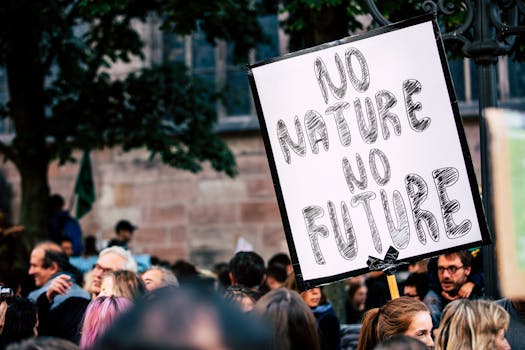Indigenous Legal Sovereignty in a Complex Global Landscape
The concept of Indigenous Legal Sovereignty has been a prominent and ongoing issue in the complex global landscape for decades. The relationship between Indigenous peoples and the state has been fraught with tension and disputes over land rights, self-governance, and recognition of sovereignty. As globalization continues to expand and reshape our world, Indigenous communities are faced with new challenges and opportunities in asserting their legal sovereignty. In this article, we will delve into the complexities of Indigenous Legal Sovereignty in today’s global landscape and examine how Indigenous communities are navigating this ever-changing terrain.
Defining Indigenous Legal Sovereignty
To fully understand Indigenous Legal Sovereignty, we must first define what it means. Indigenous Legal Sovereignty is the inherent right of Indigenous peoples to govern their own affairs and make decisions on issues that affect their communities. This includes but is not limited to the management of their lands, resources, and cultural practices. It is rooted in the fundamental principle that Indigenous peoples have the right to self-determination and self-governance.
However, the concept of Indigenous Legal Sovereignty goes beyond just legal and political rights. It also encompasses the protection and preservation of Indigenous cultures, languages, and traditions. As Indigenous communities face ongoing threats to their ways of life, the recognition and exercise of their legal sovereignty are crucial for their survival and resilience.
The Complex Global Landscape
The global landscape in which Indigenous Legal Sovereignty exists is complex and multi-faceted. With the rise of globalization and the increasing interconnectedness of the world, Indigenous communities are facing new challenges and threats to their sovereignty. One of the main challenges is the encroachment on Indigenous lands by government and corporate interests for economic development.
As the demand for natural resources and land continues to increase, the pressure on Indigenous communities to give up their rights to their territories intensifies. This has resulted in numerous conflicts and struggles for Indigenous peoples to protect their lands, resources, and ways of life. Additionally, the impacts of climate change, pollution, and other environmental issues have disproportionately affected Indigenous communities, further highlighting the need for their legal sovereignty to be recognized and respected.
Navigating the Terrain
The complexities of the global landscape have forced Indigenous communities to find ways to navigate and assert their legal sovereignty. One of the ways they do this is through legal challenges and negotiations. Many Indigenous nations have taken their cases to domestic and international courts to fight for their land and resource rights. This has resulted in landmark rulings that have recognized and affirmed the legal sovereignty of Indigenous peoples.
In addition to legal challenges, many Indigenous communities are also promoting and practicing self-governance through the revival and revitalization of their traditional governance systems. By reclaiming their cultural practices and decision-making processes, Indigenous communities are reasserting their authority and control over their territories.
The Role of International Law
International law also plays a significant role in the recognition and protection of Indigenous Legal Sovereignty. The United Nations Declaration on the Rights of Indigenous Peoples, adopted in 2007, outlines the minimum standards for the survival, dignity, and well-being of Indigenous peoples. It recognizes their right to self-determination and their right to maintain and strengthen their own institutions, cultures, and traditions.
Furthermore, international treaties and agreements, such as the International Labour Organization’s Convention No. 169, provide a framework for the recognition and protection of Indigenous rights and sovereignty. These international laws serve as a crucial tool for Indigenous communities to assert and protect their legal sovereignty in the global landscape.
Conclusion
In conclusion, Indigenous Legal Sovereignty in the complex global landscape is an ongoing and ever-evolving issue. As globalization continues to reshape our world, Indigenous communities must navigate various challenges and threats to their legal sovereignty. Through legal challenges, the revival of traditional governance systems, and relying on international law, Indigenous communities are finding ways to assert and protect their inherent right to govern themselves. As we move forward, it is crucial for the recognition and protection of Indigenous Legal Sovereignty to remain at the forefront of global discussions and actions.







